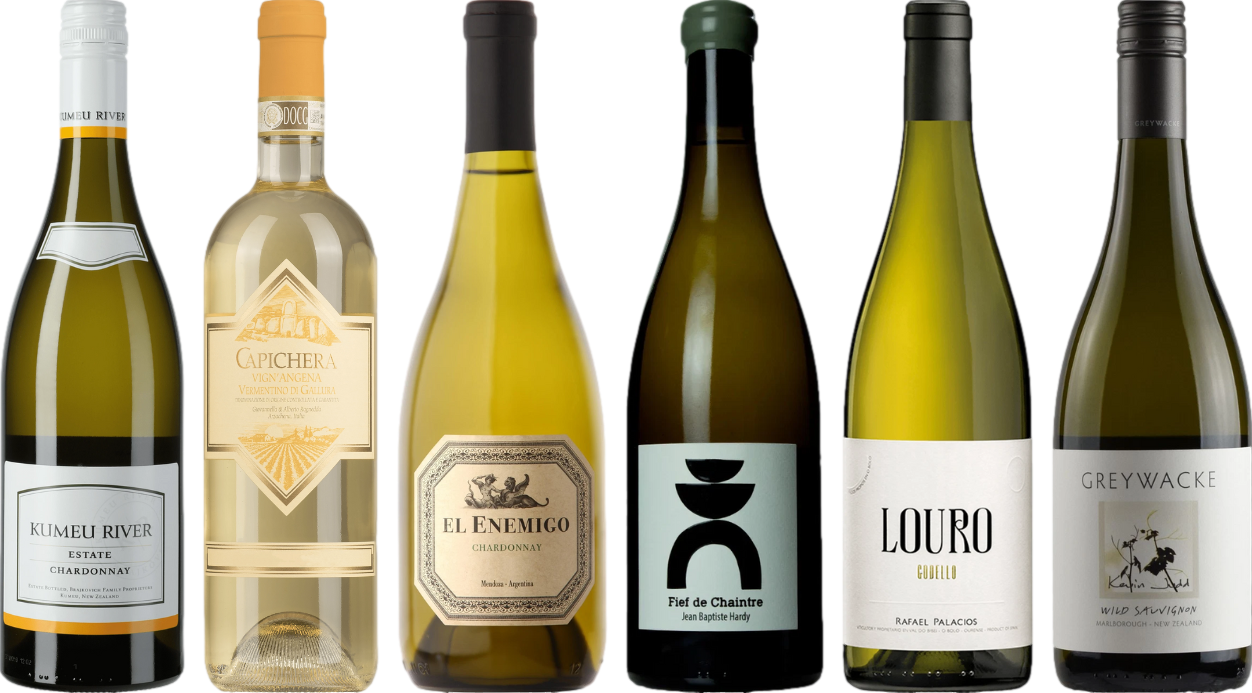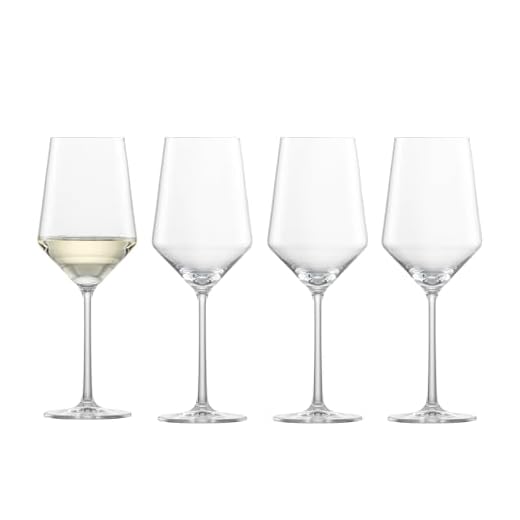



Absolutely, this beverage is a blend rather than a homogeneous composition. It consists of various components that contribute to its distinct flavor profile and aroma. Understanding the nature of this liquid requires a closer look at its ingredients and the processes involved in its creation.
In the production of this drink, fermentation plays a crucial role. The sugars from grapes are converted into alcohol by yeast, resulting in a complex interplay of flavors. Additionally, the presence of acids, tannins, and other compounds adds to the overall character. Each element interacts, creating a unique experience for the palate.
While some may argue that the final product can appear uniform, the reality is that it contains multiple constituents that can vary significantly based on grape variety, region, and winemaking techniques. This diversity is what makes exploring this beverage so enjoyable and educational.
Is White Wine a Pure Substance or Mixture?
In my experience, the beverage in question is a combination rather than a singular entity. This conclusion stems from its composition, which includes various elements that contribute to its flavor profile and characteristics.
Key components include:
- Water: The primary constituent, making up a significant portion of the liquid.
- Alcohol: Ethanol is produced during fermentation and is a defining feature.
- Acids: Tartaric and malic acid play crucial roles in taste and stability.
- Sugars: Residual sugars affect sweetness levels and overall balance.
- Aromatic compounds: These contribute to the bouquet and flavor complexity.
This blend of ingredients results in a diverse range of flavors and aromas, showcasing the artistry of winemaking. Each varietal can exhibit unique traits based on the terroir, grape selection, and vinification methods employed.
When assessing quality, consider:
- Origin: The region where the grapes are cultivated impacts flavor.
- Varietal: Different grape types contribute distinct characteristics.
- Vinification techniques: Methods used during production influence the final profile.
Ultimately, recognizing this drink as a blend highlights the skill involved in its creation and the endless possibilities for enjoyment and pairing with food. My passion lies in exploring these combinations and sharing knowledge with others to deepen their appreciation.
Understanding the Composition of White Wine
The complexity of this beverage lies in its multifaceted components. To truly appreciate it, one must explore its various elements, which include not only the primary ingredients but also the myriad of compounds formed during fermentation.
Key components include:
- Grapes: The initial base, which contributes sugars, acids, and flavors. Different varieties offer unique profiles.
- Water: The principal component, making up a significant portion of the liquid.
- Alcohol: A product of fermentation, primarily ethanol, which influences both taste and aroma.
- Acids: Such as tartaric and malic, these play crucial roles in balancing flavors and preserving freshness.
- Phenolic compounds: These contribute to mouthfeel, color, and can affect aging potential.
- Aromas and flavors: Derived from both grapes and fermentation processes, these include fruity, floral, and herbal notes.
Understanding these components helps in recognizing how they interact, creating the unique taste and character of each pour. It’s vital to note that variations can arise from factors like climate, soil, and winemaking techniques. This diversity is what makes exploring different bottles an enriching experience.
For those looking to enhance their appreciation, I recommend:
- Tasting blind to focus on flavors rather than labels.
- Pairing with various foods to discover complementary profiles.
- Engaging in discussions with knowledgeable peers or mentors to gain deeper insights.
Each glass tells a story shaped by its ingredients and the artistry of its creation. Exploring these layers will elevate your understanding and enjoyment significantly.
Identifying Pure Substances in Wine Production
Focus on the key components during the crafting process. The primary elements include water, ethanol, and various organic compounds. To determine the quality, test for specific gravity, acidity, and residual sugar levels. High-quality products typically showcase a balanced profile without excessive additives.
Pay attention to fermentation. Yeast strains transform sugars into alcohol, contributing to flavor complexity. Monitoring fermentation temperature is crucial; too high can result in off-flavors, while too low may stall the process. Strive for consistency in your methods to maintain integrity.
Clarification methods, such as fining and filtration, help remove unwanted particles. These processes can impact the clarity and mouthfeel of the final product. Use natural agents, like bentonite or egg whites, to enhance the quality without introducing synthetic substances.
Regularly analyze your final product for consistency in taste and aroma. This involves sensory evaluation and chemical analysis. Engaging in small batch testing can help refine your techniques and ensure that only the best characteristics are present.
For those interested in culinary pairings, understanding the interaction between flavors is essential. For example, consider how acidity complements certain dishes while enhancing the tasting experience. If you’re curious about cooking, you can check out how long does it take to cook ground chicken to elevate your pairing skills.
Lastly, keep records of your methods and results. Documentation aids in replicating successful batches and understanding variations. This practice is fundamental for anyone serious about producing high-quality beverages.
The Role of Fermentation in Wine as a Mixture
Fermentation significantly influences the complexity of this beverage, transforming simple sugars into a diverse array of flavors and aromas. During this process, yeast consumes the sugars present in the crushed grapes, producing alcohol and carbon dioxide while also generating various byproducts that contribute to the final taste profile.
Microbial Activity and Flavor Development
The specific strains of yeast used can lead to distinct characteristics in the final product. For instance, certain yeasts enhance fruity notes, while others may impart floral or earthy undertones. This microbial activity not only affects flavor but also contributes to the mouthfeel and overall balance of the liquid.
Malolactic Fermentation and Texture
A secondary fermentation, known as malolactic fermentation, often occurs after the primary fermentation. This process converts sharper malic acid into creamier lactic acid, resulting in a smoother texture and a rounder taste. This transformation adds another layer of complexity, making the final product more enjoyable and approachable.
Understanding these fermentation processes is crucial for anyone interested in the intricacies of this beverage. By appreciating the role of fermentation, one can better grasp the nuances that differentiate various selections, enhancing the overall tasting experience.
Analyzing Chemical Components of White Wine
To comprehend the intricate makeup of this beverage, one must focus on the key chemical constituents that contribute to its flavor, aroma, and overall character. The primary components include water, ethanol, organic acids, sugars, and various phenolic compounds.
Water, making up approximately 80-90% of the total volume, serves as the foundation. Ethanol, produced during fermentation, typically ranges from 8% to 15% by volume, influencing both the sensory profile and the stability of the liquid.
Organic acids, primarily tartaric, malic, and lactic, play a crucial role in balancing sweetness and enhancing freshness. Tartaric acid is particularly significant, as it helps maintain stability and clarity, while malic acid contributes to the crispness typical of many varieties.
Residual sugars, often resulting from incomplete fermentation, can vary widely and impact the sweetness level, leading to different styles and preferences among consumers. The presence of unfermented sugars can create a lush mouthfeel and sweetness that balances acidity.
Phenolic compounds, derived from grape skins and seeds, contribute to the complexity and mouthfeel. These compounds include flavonoids and non-flavonoids, which can affect color stability and the overall sensory experience.
| Component | Percentage Range | Function |
|---|---|---|
| Water | 80-90% | Base solvent |
| Ethanol | 8-15% | Flavor enhancer and stabilizer |
| Organic Acids | 0.5-1.5% | Balance acidity and freshness |
| Residual Sugars | 0-10% | Sweetness and mouthfeel |
| Phenolic Compounds | Variable | Complexity and texture |
Each of these elements interacts harmoniously, creating a layered experience that reflects the terroir and varietal characteristics. Understanding these components allows for better appreciation and pairing with food, enhancing the enjoyment of this delightful beverage.
Impact of Additives on Wine’s Purity
Additives can significantly alter the characteristics of any fermented beverage. Commonly used ingredients such as sulfur dioxide, fining agents, and stabilizers serve specific purposes, including preservation, clarification, and flavor enhancement. However, their presence raises questions about the overall integrity of the final product.
For instance, sulfur dioxide is a widely accepted preservative that helps prevent oxidation and spoilage. While it enhances longevity, excessive amounts can lead to off-flavors, which detract from the natural essence of the liquid. It’s crucial to monitor the levels of such compounds, as they can influence both taste and health implications.
Fining agents, like bentonite or gelatin, are used to clarify and improve visual appeal. Although these substances aid in achieving a polished appearance, they can also remove some desirable flavor compounds, thus impacting the overall profile. Understanding the specific agents used and their effects on taste is essential for discerning enthusiasts.
Additionally, artificial flavorings and sweeteners might be introduced to cater to certain market preferences. While they may appeal to a broader audience, they can mask the true expression of the grapes, leading to a less authentic experience. Knowledge of these practices is vital for anyone looking to appreciate the nuances of the beverage.
In conclusion, while additives play a functional role in production, they can compromise the authenticity and character of the final product. It’s beneficial to seek out options with minimal intervention for a more genuine tasting experience.
Practical Implications for Wine Selection and Tasting
Choose selections based on their geographic origin and varietal characteristics. For example, a Chardonnay from a cooler climate typically exhibits higher acidity and more citrus notes, while one from a warmer region may lean towards tropical fruits and a creamier texture.
Pairing Recommendations
When pairing with cuisine, consider the acidity and body of the beverage. A crisp Sauvignon Blanc complements dishes with bright flavors, such as salads or seafood. On the other hand, a richer style, like a barrel-fermented Chardonnay, pairs well with creamy sauces and poultry.
Tasting Techniques
During tastings, focus on identifying the primary flavors and aromas. Swirl the glass to aerate the liquid, allowing the bouquet to develop. Pay attention to the finish; a long, pleasant aftertaste often indicates quality. Take notes on mouthfeel, as texture can greatly influence enjoyment.









